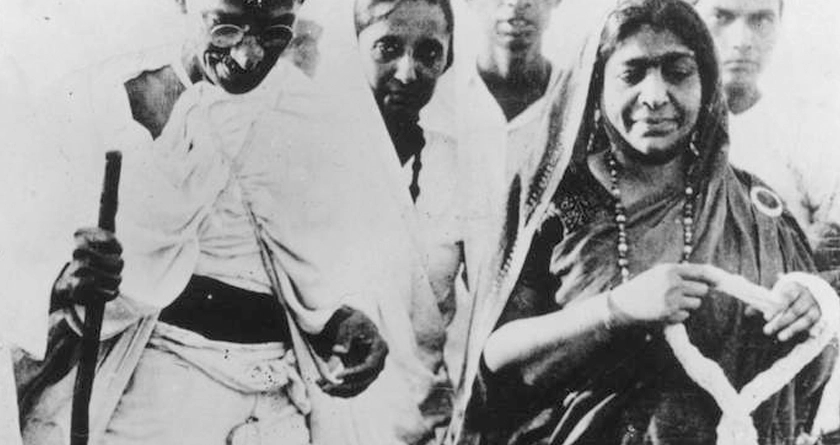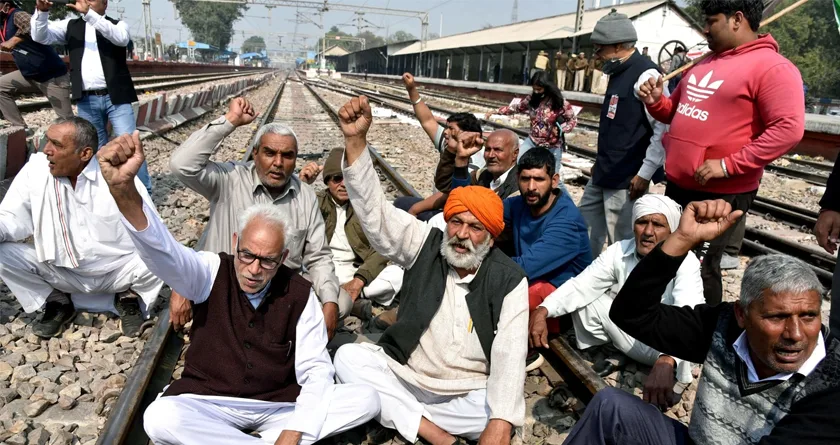
Salt Satyagraha
Salt Satyagraha, Dandi March, get full details.
Wednesday, 23rd June 2021
In March–April 1930, Mohandas (Mahatma) Gandhi led a significant nonviolent protest action in India known as the Salt March, also known as the Dandi March or the Salt Satyagraha. The march was the beginning of Gandhi's larger campaign of civil disobedience (Satyagraha) against British rule in India, which lasted until early 1931 and won Gandhi tremendous support in India as well as international notice.
The British had long maintained a lucrative monopoly on salt manufacture and delivery in India. The Indian population was barred from making or selling salt on their own due to a number of restrictions, and instead had to buy expensive, heavily taxed salt that was frequently imported. The vast majority of Indians were affected by this, as they were poor and could not afford to buy it. Protests against the salt tax in India began in the 19th century and remained a major source of contention throughout the British rule of the subcontinent.
In early 1930, Gandhi decided to stage a high-profile protest against the increasingly harsh salt tax by marching from his ashram (religious retreat) in Sabermati (near Ahmadabad) to the Arabian Sea coast town of Dandi (near Surat). On March 12, he headed out on foot, joined by a group of several dozen others. Following each day's march, the party paused in a separate village along the route, where growing crowds gathered to hear Gandhi rail about the inequity of the tax on the poor. Hundreds more joined the core group of followers as they made their way to the sea, until the entourage arrived at Dandi on April 5 after a 240-mile journey (385 km). Gandhi and his supporters gathered up handfuls of salt along the shore on April 6, technically "manufacturing" salt and breaching the law.
Also Read: The Jallianwala Bagh Massacre - A History Lesson That Will Bring Tears to Your Eyes!
There were no arrests that day, and Gandhi continued his Satyagraha against the salt tax for the next two months, encouraging other Indians to defy the salt laws through civil disobedience. Thousands were detained and imprisoned, including Jawaharlal Nehru in April and Gandhi himself in early May, after Gandhi told Viceroy of India Lord Irwin of his intention to march on the adjacent Dharasana saltworks. Thousands more joined the Satyagraha after hearing of Gandhi's arrest. Against May 21, the poet Sarojini Naidu led a peaceful march on the saltworks, and many of the 2,500 nonviolent protesters were attacked and beaten by police. 60,000 persons were incarcerated at the conclusion of the year.
In January 1931, Gandhi was released from prison and began discussions with Lord Irwin to bring the satyagraha campaign to an end. Following it, a cease-fire was proclaimed, which was confirmed in the Gandhi-Irwin Pact signed on March 5. The easing of hostilities allowed Gandhi, representing the Indian National Congress, to join the Round Table Conference's second session in London (September–December 1931).
The News Talkie Bureau
Source
Britannica











